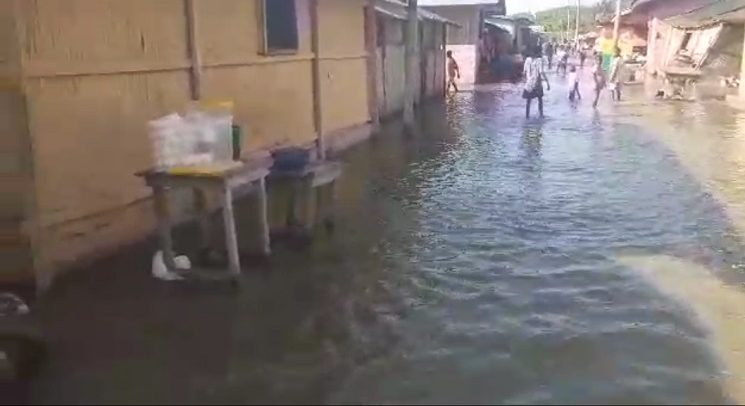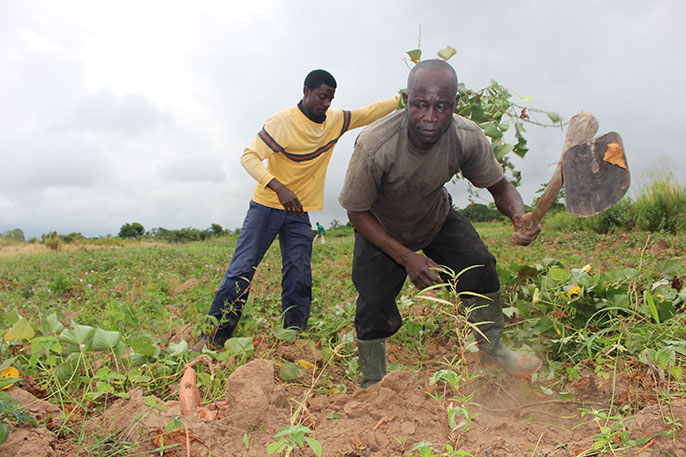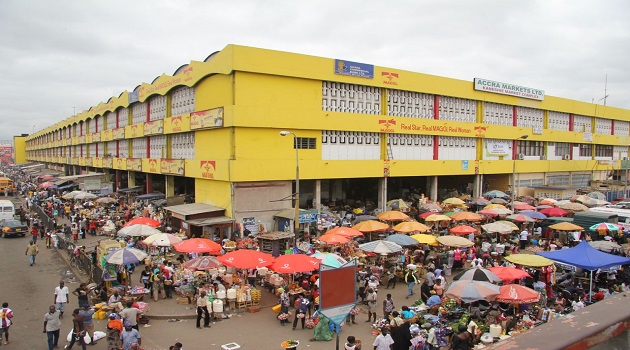
The Sustainable Fisheries Management Project (SFMP), in partnership with Hen Mpoano, is engaged in a mangrove replanting activity in the Ankobra wetland ecosystem in the Elembelle district.
The replanting project forms part of SFMP's efforts to help Ghanaians rebuild targeted marine fisheries stocks such as sardines, anchovies and mackerel that are critical to the local food security.
The Ankobra wetland ecosystem is part of the community's co-management approach to developing community fisheries management for the Ankobra fisheries where key mangrove areas that provide particular breeding areas for some marine fish species such as shrimps and periwinkles have been identified and replanting is ongoing.
A mangrove restoration committee which includes representation from the local traditional council has been established to guide and oversee progress of the restoration initiative.
In an interview, during a media tour of the Ankobra estuary, Mr Daniel Nortey of Hen Mpoano disclosed that over 80 hectares of degraded mangrove had been restored, 25,000 seedlings of red mangroves replanted while, currently, 20 000 seedlings were being raised on the Ankobra estuary.
Mr Nortey said it had become relevant to restore the mangroves in the area so that the species from the marine could spawn and feed their young ones before migrating later into the marine ecosystem.
Furthermore, he said, since women in the communities also picked periwinkles and crabs as their livelihoods, some of these species would soon lose their habitats if the mangrove was not conserved.
He disclosed that the communities were beginning to report an increase in shrimp harvest as well as an increased size of the shrimp as a result of the restoration initiative.
Mr Nortey explained that most of the degraded sites were upstream and, therefore, the seedlings and personnel were transported over a distance, adding that because most people depended on the mangroves for their livelihood including using it for firewood, smoking of fish and building their homes, they could not be banned from harvesting them.
He said the communities were, therefore, being trained on sustainable harvesting so that the whole area was not cleared at a time and bring a total halt to the ecosystem.
He expressed concern about the fact that there were no existing bye laws to regulate how the mangroves should be harvested, adding that there was the need to embed the ideas of conserving the environment in our decision making procedures.
For his part, the Senior Programs Officer (Hen Mpoano), Barletey Gormey, said the Village Savings and Loans Association (VSLA) concept was formed in five communities--Ajomoro, Eshiem, Adelekazo, Eziom and Kukuavile--within the Ankobra River Estuarine which relied on the harvesting of mangroves, fish and other natural resources for their immediate financial needs.
This, Mr Gormey said, called for increased awareness on the need to raise capital for establishing an alternative business or an entrepreneurship.
He stressed the need to reduce pressure on natural resources such as mangroves and fishes by providing the communities with access to funds that could be used to cater for their immediate needs or to invest in their own businesses.
In his remarks, Isaac Morkeh, Secretary to the Ankobra Mangrove Restoration Committee, said there had been a vast improvement in the fisheries stock of the area since the intervention of Hen Mpoano.
Mr Morkeh, therefore, called for the intensification of continuous education on the need to reclaim and replant the harvested mangrove.
He appealed to government to support them with an alternative livelihood so that the pressure on the use of the mangrove would be reduced to help reap the full benefits of the mangroves.
Source: ISD (Eva Frempon-Ntiamoah)
Read Full Story




















Facebook
Twitter
Pinterest
Instagram
Google+
YouTube
LinkedIn
RSS